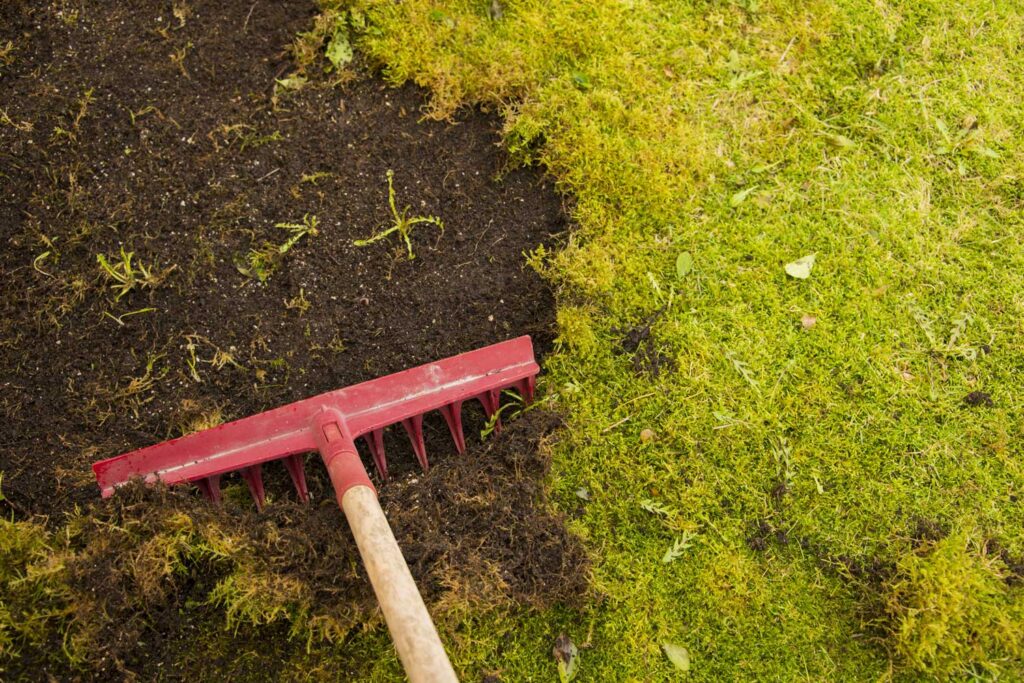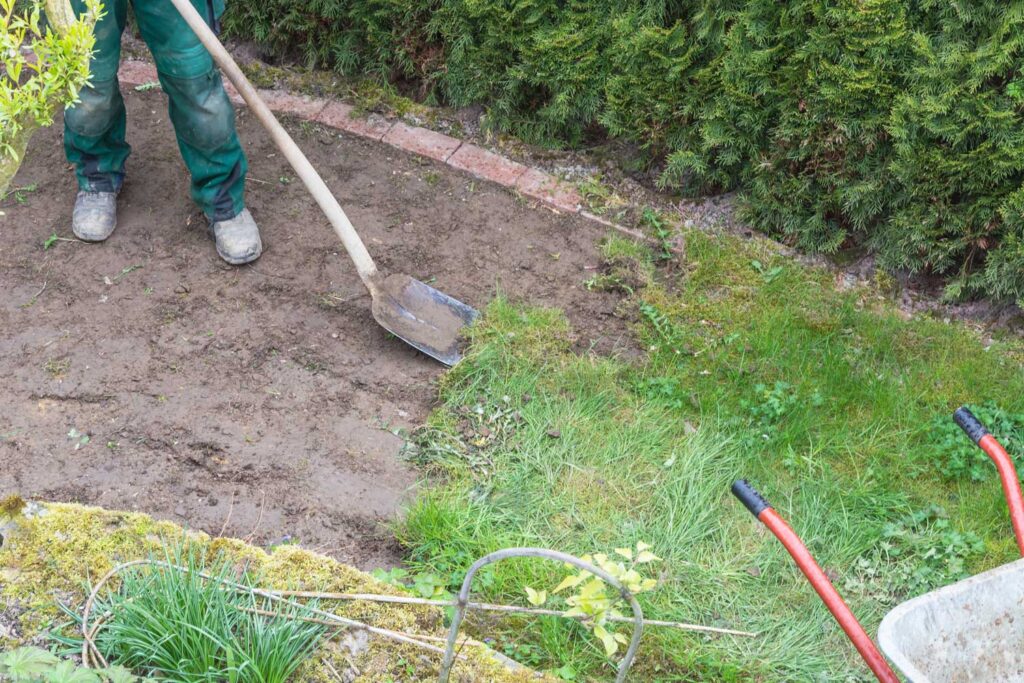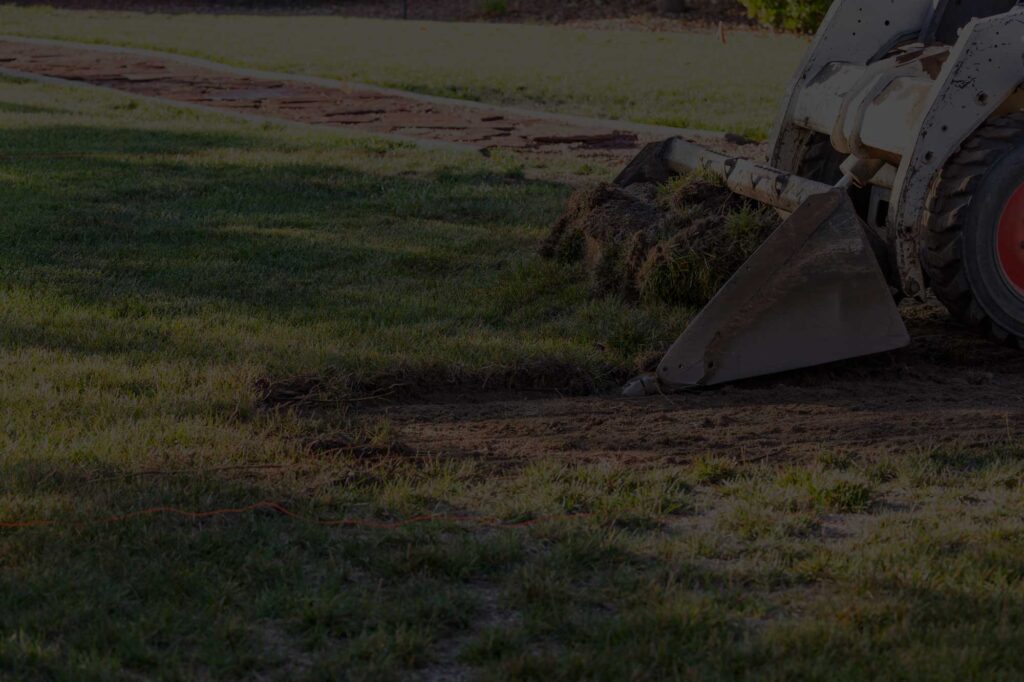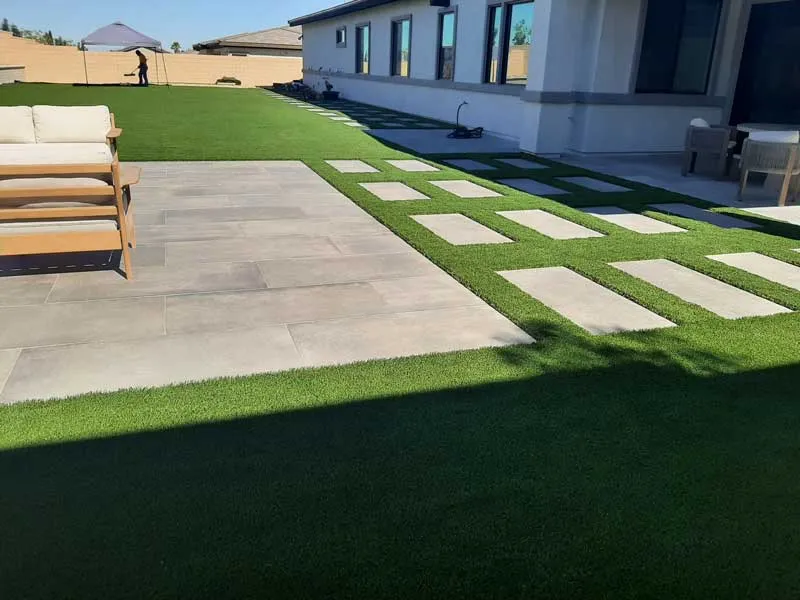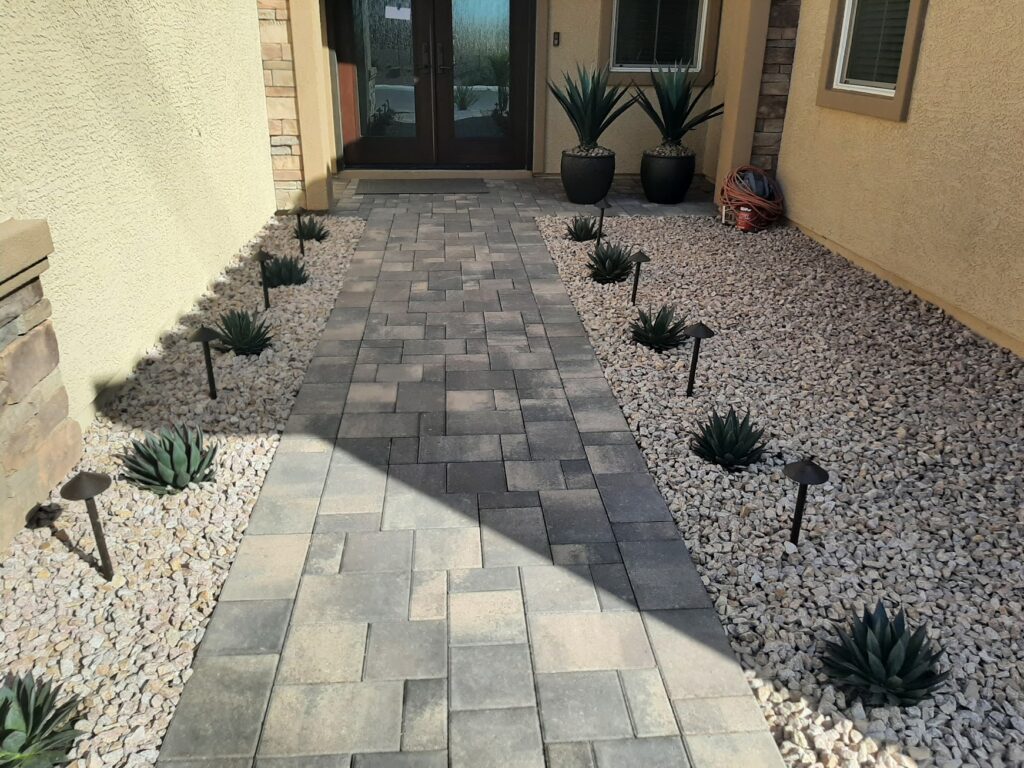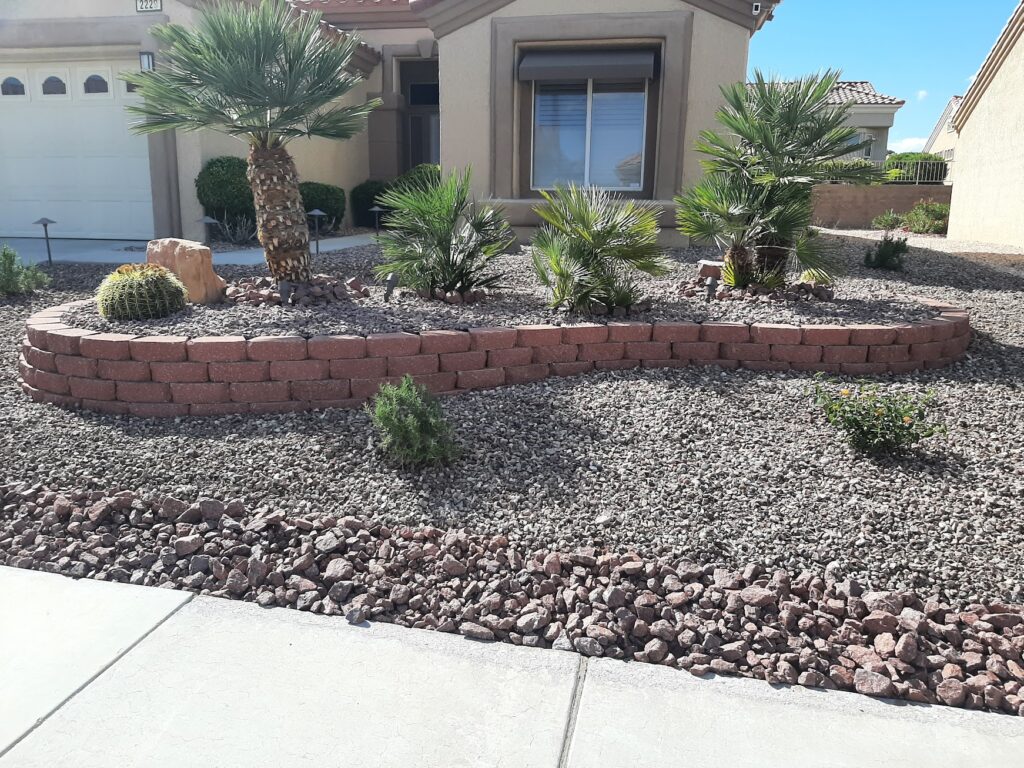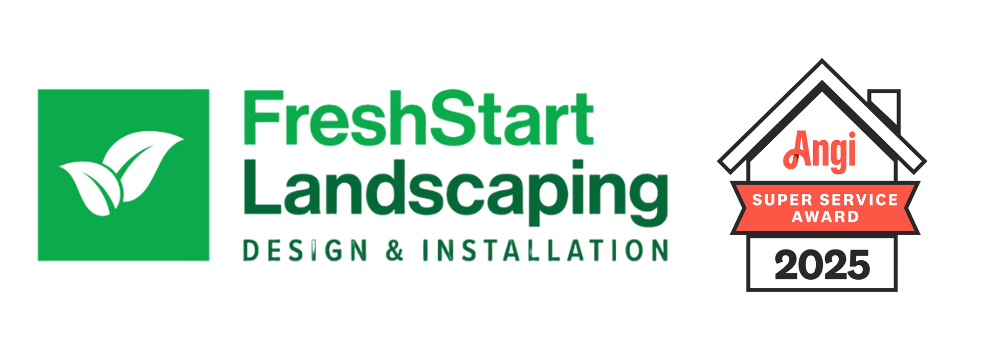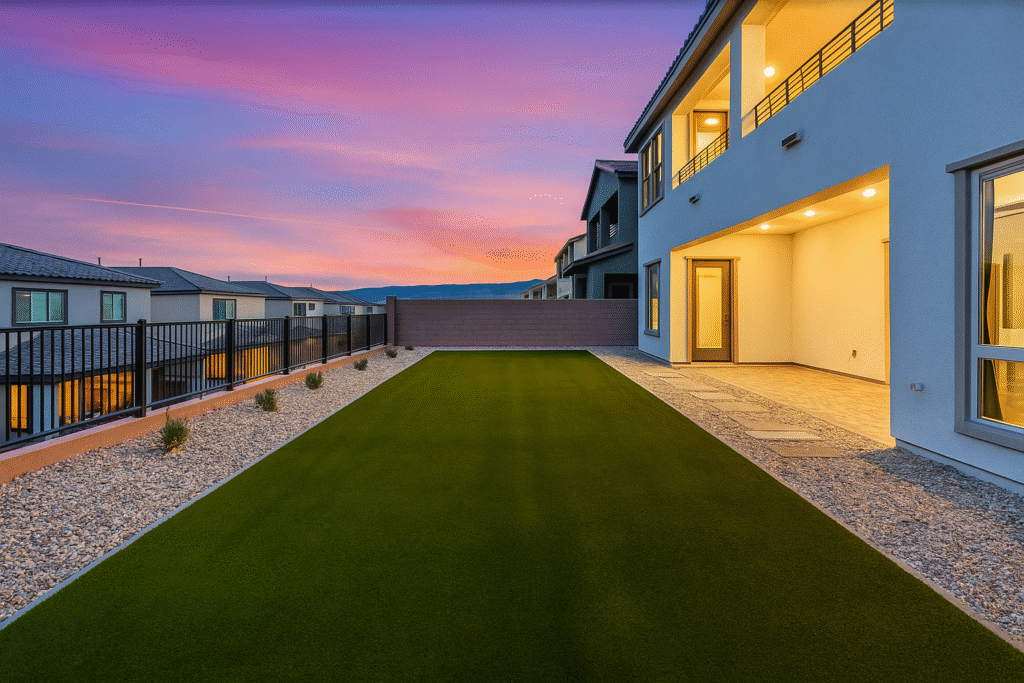Understanding the Water District Conservation Plan
The Southern Nevada Water Authority (SNWA) has long recognized the critical need to manage water resources effectively in a region that receives an average of only four inches of rainfall annually. As water levels in Lake Mead, the primary water source for Las Vegas, continue to decline, the city has been forced to adopt strict water conservation measures.
The Water District Conservation Plan is a comprehensive strategy designed to ensure that Southern Nevada can sustain its population growth and tourism industry while protecting its limited water resources. The plan focuses on reducing water waste, optimizing water use in homes and businesses, and encouraging residents to adopt sustainable living practices, including transitioning away from water-intensive landscaping.
The Problem with Grass Lawns in Arid Climates
One of the key challenges identified in the Water District Conservation Plan is the pervasive use of grass lawns in a desert environment. While grass may be visually appealing, it is highly water-dependent and unsuitable for the dry, arid conditions of Las Vegas. According to the SNWA, nearly 70% of residential water use in Southern Nevada is for outdoor irrigation, primarily for grass lawns.
In response, the city has taken bold steps to address this issue by implementing the new grass law, which aims to phase out non-functional turf in favor of more water-efficient alternatives.
The New Grass Law: What You Need to Know
The new grass law, officially known as Assembly Bill 356, was passed in 2021 and represents one of the most aggressive water conservation initiatives in the nation. The law mandates the removal of “non-functional turf” across the Las Vegas Valley by 2027. This law affects both residential and commercial properties, particularly in areas where grass is primarily aesthetic, such as medians, business parks, and HOA communities.
What Is Non-Functional Turf?
Non-functional turf refers to grass that serves no recreational or practical purpose. Examples include grass along sidewalks, in parking lot islands, or decorative strips of grass that are not used for walking or playing. Under the new law, such areas are required to be converted to water-efficient landscaping, often referred to as “xeriscaping,” which involves the use of drought-tolerant plants, rocks, and artificial turf.
Incentives for Compliance
To encourage compliance with the new grass law, the SNWA offers several financial incentives to property owners willing to remove their grass. The Water Smart Landscapes Rebate Program provides a cash rebate for every square foot of grass removed and replaced with desert-friendly landscaping. This program has already saved billions of gallons of water and continues to be a driving force in helping Las Vegas meet its water conservation goals.
Grass Removal Services: Key to Sustainable Living
As residents and businesses in Las Vegas rush to comply with the new grass law, professional grass removal services have become an essential part of the solution. Grass removal is a specialized process that requires expertise to ensure that the transition from turf to xeriscaping is both efficient and aesthetically pleasing.

